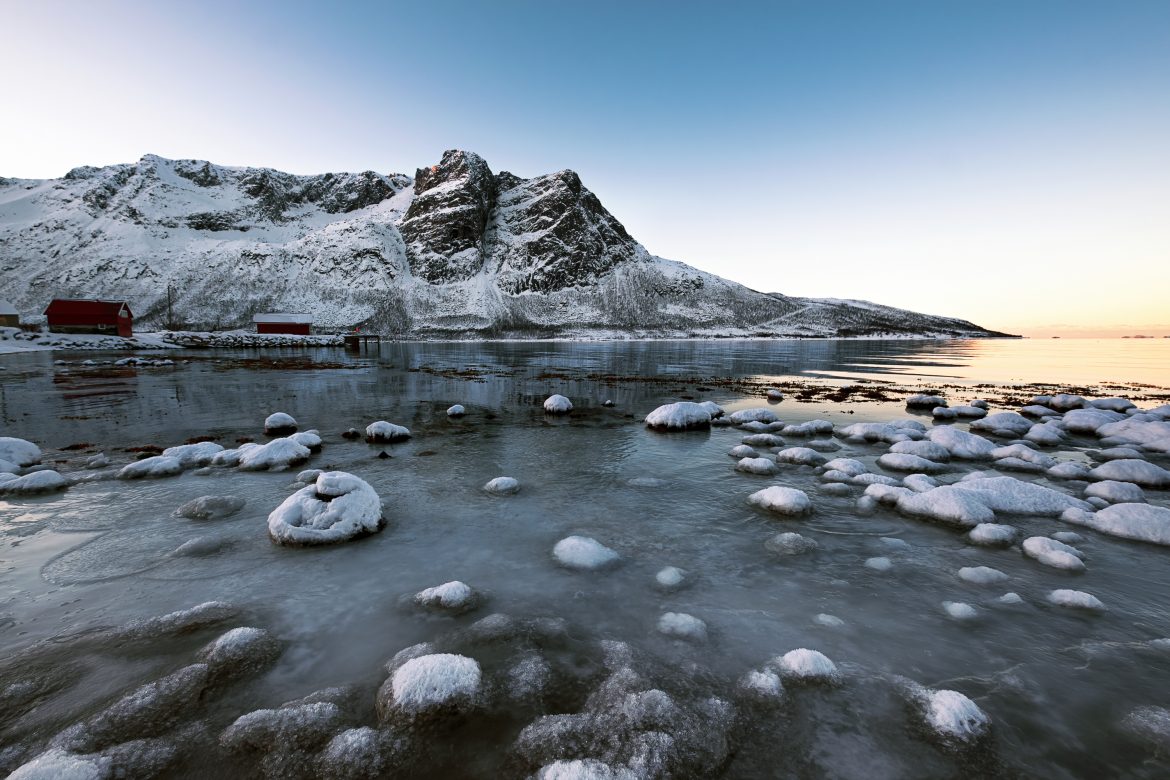This interview was published on Déa Starlling‘s blog on the 5th of July, 2020.
Lana Tannir is a Landscape and Wildlife photographer based in Munich. Her photos have been widely featured in many international publications such as National Geographic Serbia. She is also a World Animal Protection ambassador and she is doing an amazing job raising awareness about the environmental problems our planet faces. I, Déa Starlling, asked Lana to take part in this interview so we can “travel” to the Arctic through her words and fascinating photos.
Tell us a bit more about you and what inspired you to become a wildlife photographer.
Ever since I was a child, I always had a strong connection with and compassion towards animals of all sorts. Learning about them, observing them, and rescuing them when they were injured were all my primary occupations. I would play with frogs in the mud, chase after lizards on beaches, and rescue bat pups that had fallen from the roost.
When I first started photography, I primarily focused on landscapes and human portraits. Despite growing up in the countryside, I did not realize that I had access to a multitude of local wildlife at my doorstep. It was only when I met a wildlife photographer (and now good friend), that I uncovered the world of wildlife photography. The timing was right, as I was looking for a new photographic challenge, as well as a way to combine my passion for protecting all things wild with my craft.
Once I had observed my first animal in the wild, I knew this was what I wanted to continue pursuing for the long-term. The adrenaline rush and fascination of seeing an animal in its natural habitat is simply irreplaceable. In addition, wildlife photography always keeps you on your feet, as you never know what you will observe. Consequently, you can continuously keep learning and improving.
What equipment do you use? And what is your favorite lens for wildlife?
Most recently, I switched from a Fuji X-T2 APS-C camera to a complete Sony setup. The reason for the change of gear was primarily due to the full-frame sensor, focus capabilities and lens choices that the Sony brand provides.
The lens I own and most frequently use for wildlife is the Sony E-Mount 200-600mm f/5.6-6.3. However, if I had to choose a favorite lens for wildlife, I’d go with Sony’s two prime lenses: Sony 400mm f/2.8 and Sony 600mm f/4.0. Especially in low light conditions, these lenses prove faster and more accurate with regards to focus. Moreover, they allow me to maintain my ISO (and thus, noise levels) within an acceptable range.
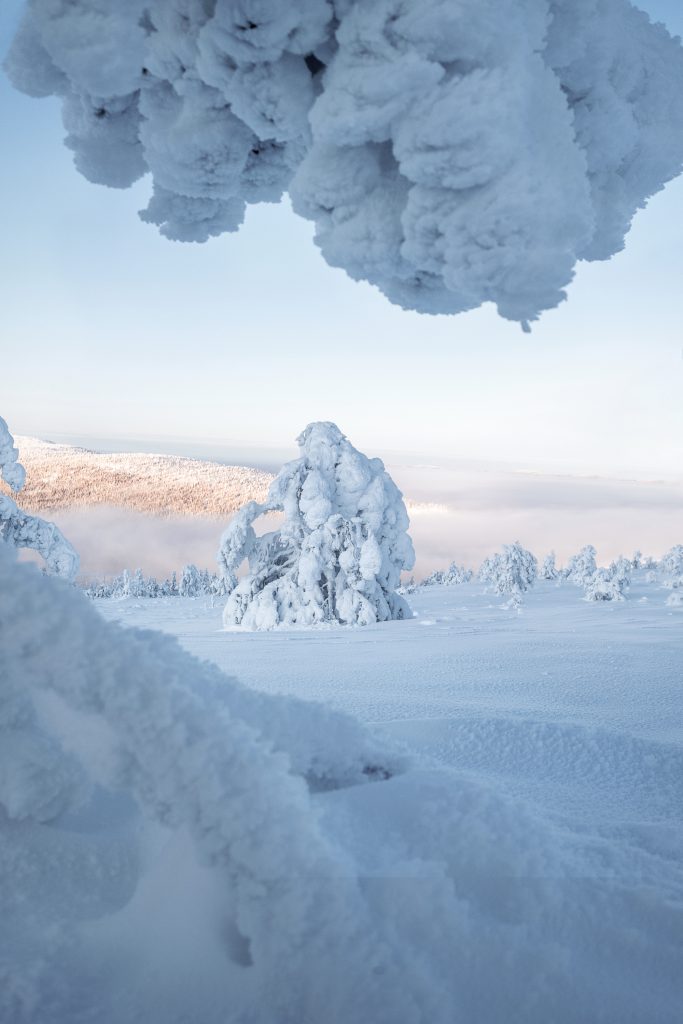
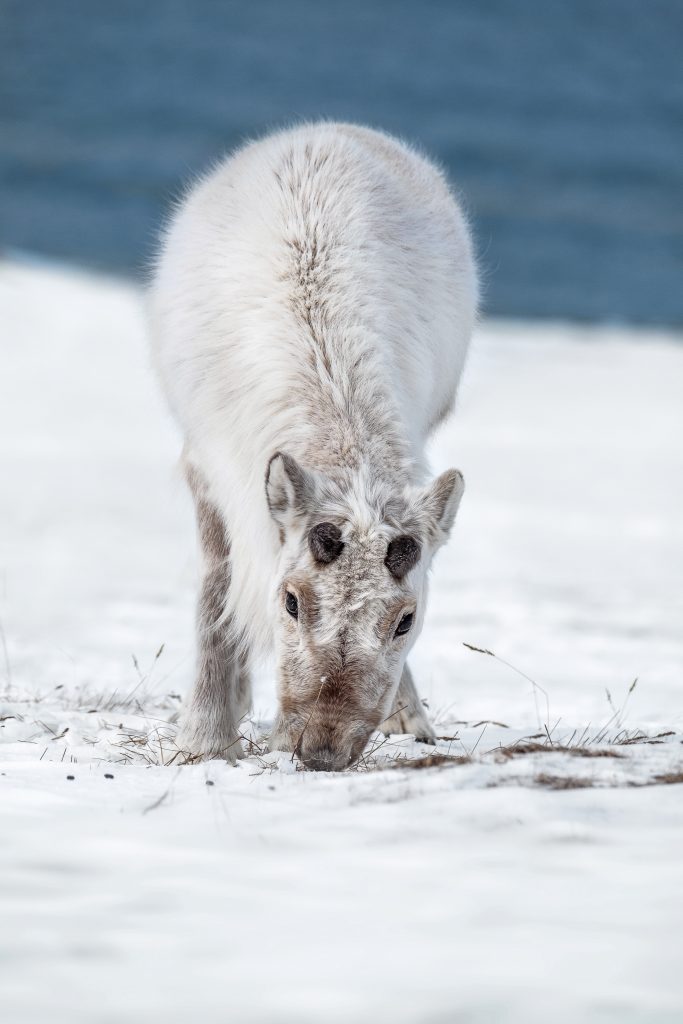
How do you plan your photography adventures?
I usually travel in accordance to the presence of wildlife in certain regions and plan my trips based on conservation issues I’m interested in exploring. For example, in November 2019, I traveled to Norway to witness stunning Orca and Humpback whales during their feeding sessions. During my trip, I worked on assignment for two eco-friendly whale watching companies, highlighting sustainable tourism and wildlife education for marine wildlife. As Orcas and Humpbacks are only present in the Arctic during the winter, I had to plan the assignment and my trip accordingly.
Generally, a lot of research, planning and preparation goes into my trips. When embarking on a photography assignment, I try to learn as much as possible about the region, culture and wildlife in the area. This ensures that I know which equipment to bring with me on the trip, both technical (camera, lens, tripod, etc.) and otherwise (clothing, shoes, gear, etc.). Especially when photographing alone (without a guide), understanding the natural history of an animal, its behavior and mannerisms is extremely important. This ensures that I photograph the animal ethically without disturbing or endangering it in any way.
As I travel quite frequently, I try to choose the most eco-friendly means of transportation when I can. Whenever I fly, I do my best to reduce my carbon footprint through carbon offsetting.
I noticed that your Instagram is mainly focused in cold regions. What drew you to these places?
What particularly fascinates me about the Arctic is that it simultaneously represents fragility, grace and resilience. Here, the most fascinating beauty arises under the most extreme conditions. Survival is truly difficult in the hostile conditions and extreme temperatures. And yet, breathtaking species inhabit the Arctic and have thrived on the ice using the most fascinating survival techniques.
Another aspect, which magnetically draws me towards the Arctic is its remoteness. Nowadays, it is difficult to discover places that are still devoid of human presence. The Arctic (and Antarctic) have remained relatively pristine and unchanged by human habitation. Moreover, due to the scarcely populated area, it is still one of the places where community, togetherness and connection with nature is truly valued.
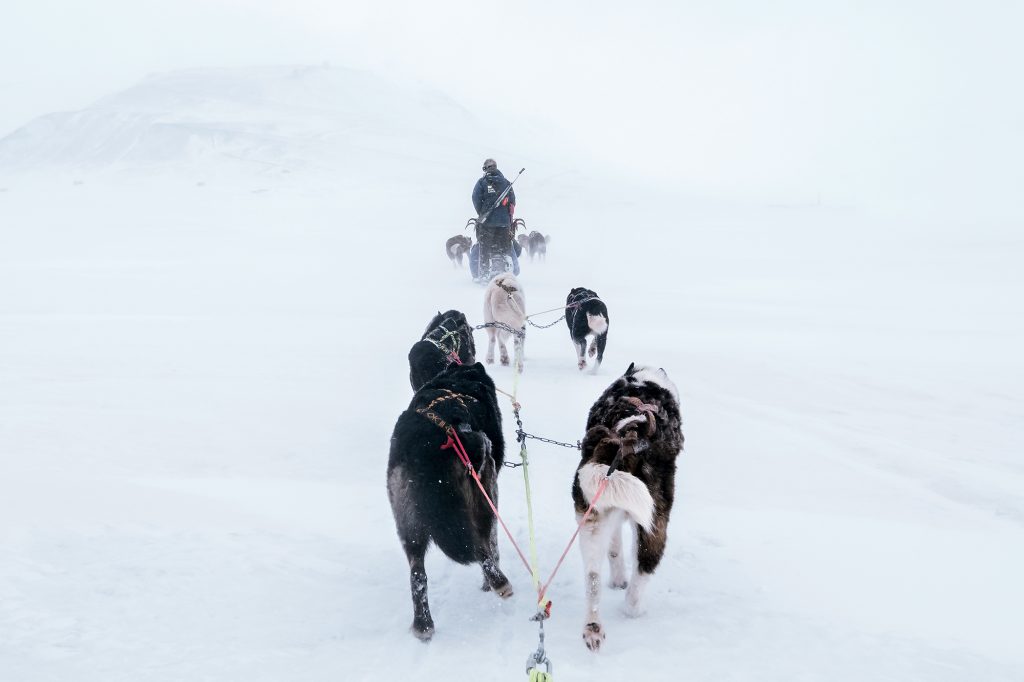
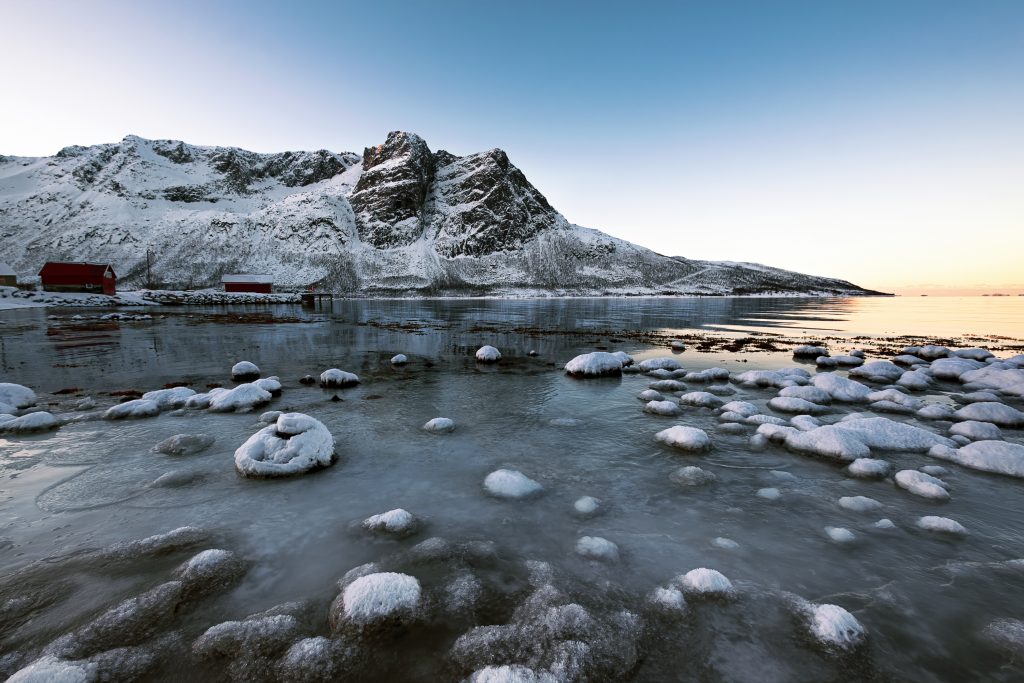
I’m personally very interested in your trip to Svalbard. It is a place I dream of going, and I’m sure many wildlife photographers out there dream with about it as well. So tell us a bit more about the Arctic. We want to see it through your eyes.
The Arctic is one of the most beautiful regions I have been fortunate to witness. It offers a vast multitude of landscapes: luminescent turquoise glaciers, white mountains, icy tundras, snow-capped trees, starry nights with Northern Lights, and breathtaking fjords. Encounters with unique and fascinating wildlife make the region all-the-more special. Some species that I’ve witnessed thus far include: arctic foxes, reindeer, moose, whales, seals, walruses, polar bears, and sea eagles.
Personally, the Midnight Sun and the Colorful Period are my favorite times of the year to visit the North. During the Midnight Sun, opportunities to photograph are vast, as there is 24-hour daylight. Likewise, the Colorful Period (right before the Polar Night sets in) creates breathtaking scenery, painting the sky in pastel colors, ranging from soft yellows, oranges and pinks, creating breathtaking scenery.
Longyearbyen (in Svalbard) is the northernmost town on Earth. It is a small town with a tight-knit community of approximately 2,200 inhabitants, primarily consisting of tourism operators, guides, scientists, students, and locals. Due to the threat of Polar Bears, the residents of Longyearbyen are not allowed to leave town without a firearm. This means that as a visitor, you either have to acquire a license to carry a firearm or leave Longyearbyen with an experienced guide (I recommend the latter). As there are only 50 kilometers of road in Svalbard, the primary means of transportation across the tundra are snowmobiles and sled-dogs.
Life in Longyearbyen is much simpler, in contrast to urban cities and metropolises. This is what particularly appeals to me. I find myself being present when I am in the Arctic: focusing on the moment, absorbing my surroundings, feeling at peace in the silence that surrounds me. I believe we all look for a small corner in the world that allows us to just simply be. The Arctic is such a place for me.
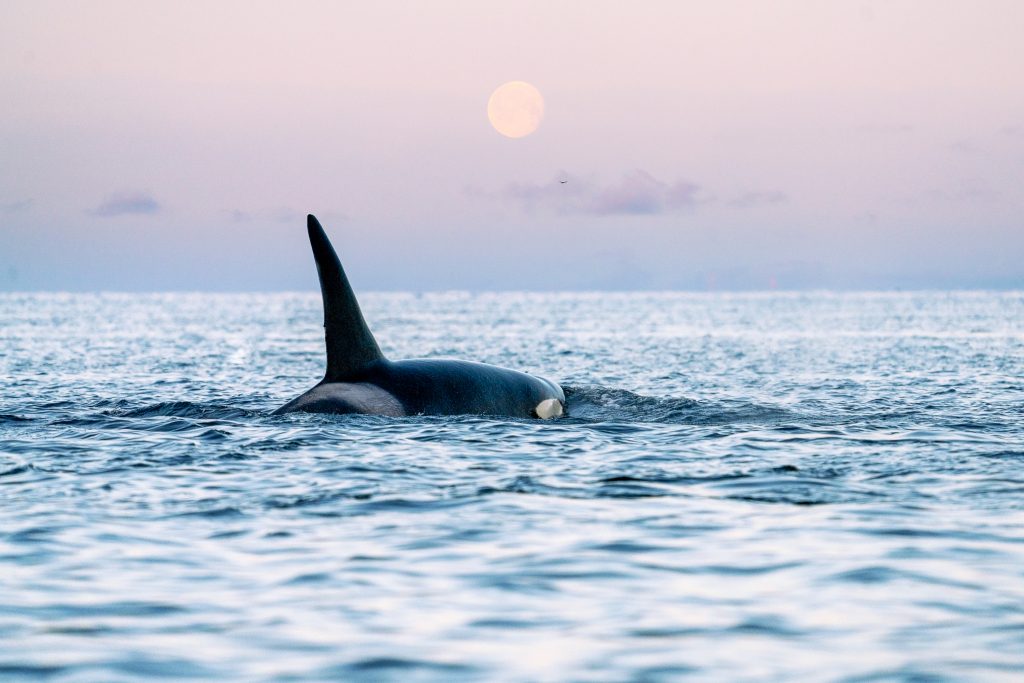
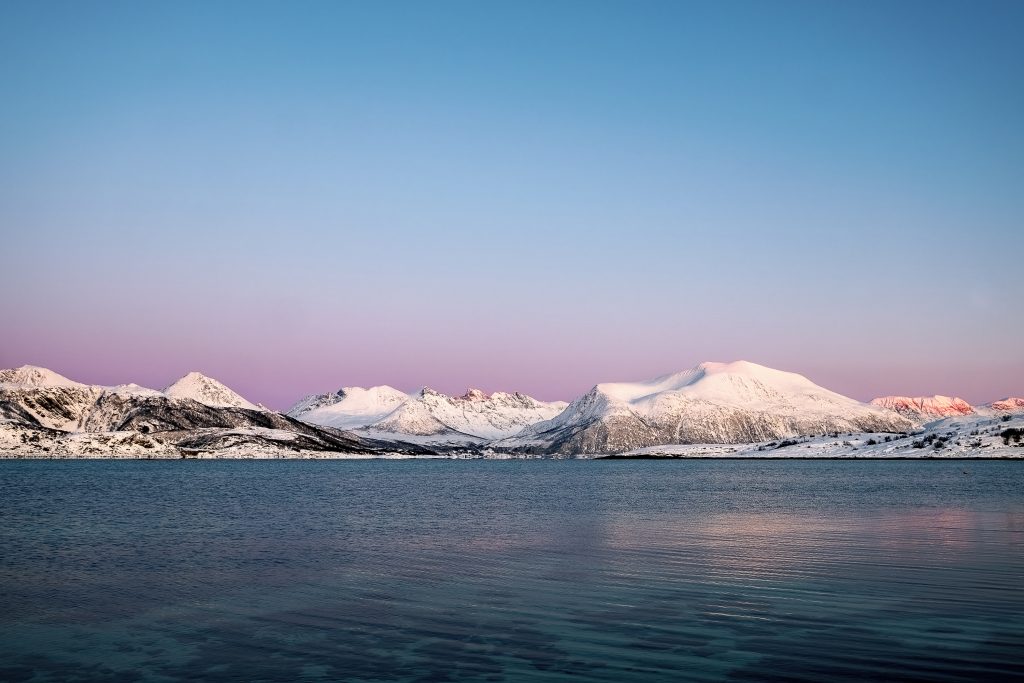
What was your biggest challenge to photograph in such a freezing place?
When photographing in Arctic conditions, sub-zero temperatures are the biggest challenge – both physically and technically. The harsh climate takes a toll on the body, as you are carrying and operating heavy gear in extreme conditions, while dressed in bulky Arctic clothing. Equipment suffers due to the snowy conditions and frequent weather changes – reduced battery life, lens fog, wet camera gear, and sensor dust from snow particles are frequent aspects I battle with. Lastly, the days in the Arctic become much shorter as the Polar Night sets in. This significantly reduces the amount of time available to take photographs, adding to all the aforementioned challenges.
Was there an animal you were expecting to photograph while in Svalbard but couldn’t?
Throughout my time in Svalbard, one of my primary goals was to photograph a Polar Bear in the wild. Alongside a guide, I set out on a 12-hour snowmobile expedition to the pack ice located on the brink of Adventdalen. This is where Polar Bears generally hunt for seals. There was a Polar Bear hunting approximately a kilometer away from us. However, even with a 600mm lens, it appeared as only a tiny dot on my sensor.
Unfortunately, this was my only encounter with a Polar Bear throughout the trip. However, the snowmobile expedition provided breathtaking opportunities to witness the glaciers in Adventdalen and experience the surreal landscapes that Svalbard has to offer.
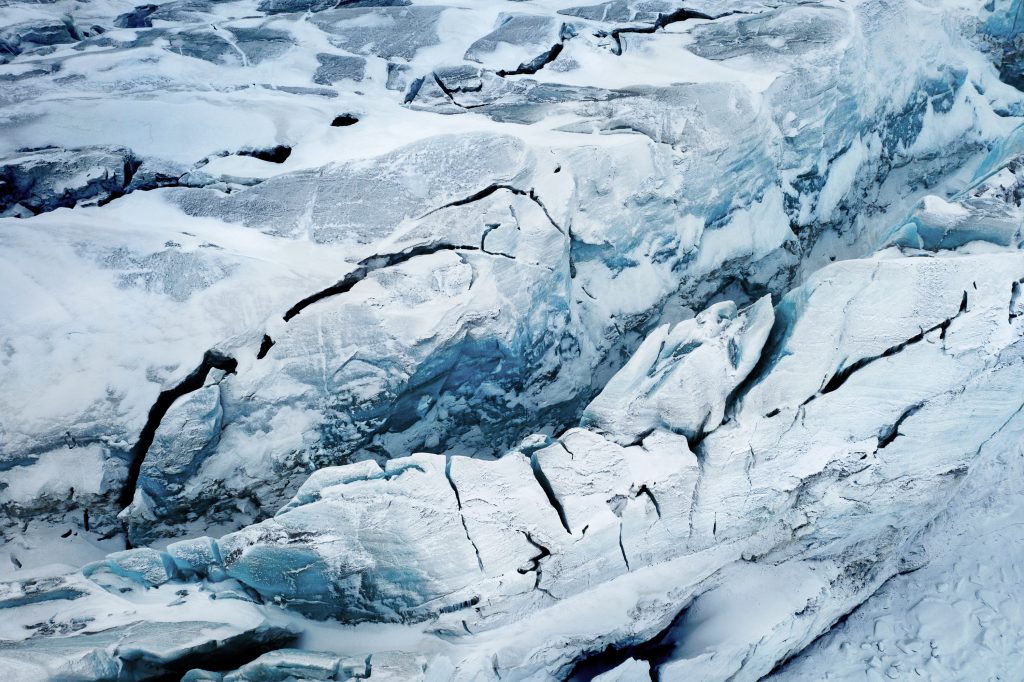
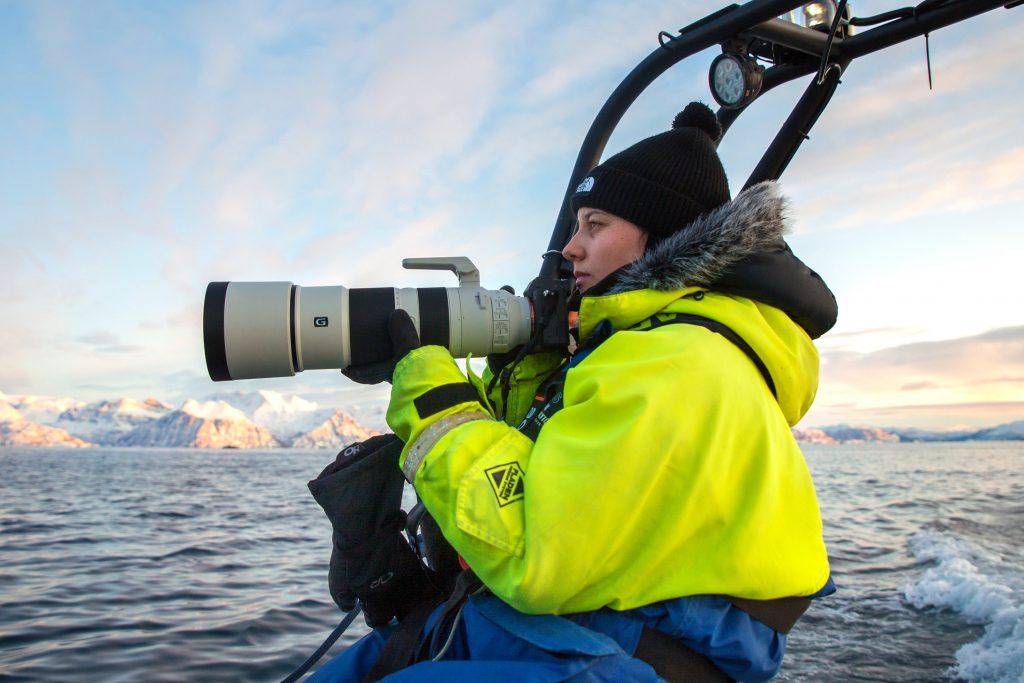
What is the image you are most proud of from your Svalbard trip? And what is the story behind it?
My favorite image from Svalbard would have to be my portrait of an Arctic fox. It was one of my first days in Longyearbyen, and I ventured to the outskirts of town with a local guide. I was photographing some reindeer close to several cabins on the fjords, as this beautiful Arctic fox appeared. It curiously roamed the area, seemingly undisturbed by our presence. As it was May, the fox was moulting its white winter fur to prepare for summertime, when it takes on a dark-brown or black color to blend in with its environment. This made my encounter even more special and brought a distinct uniqueness to the final photograph.
By the way, an old Finnish folk tale says that the Northern Lights appear every time a running Arctic fox sweeps the sparkling snowflakes up into the sky with its tail. It’s such a beautiful way to connect this special creature with the magical Northern Lights.
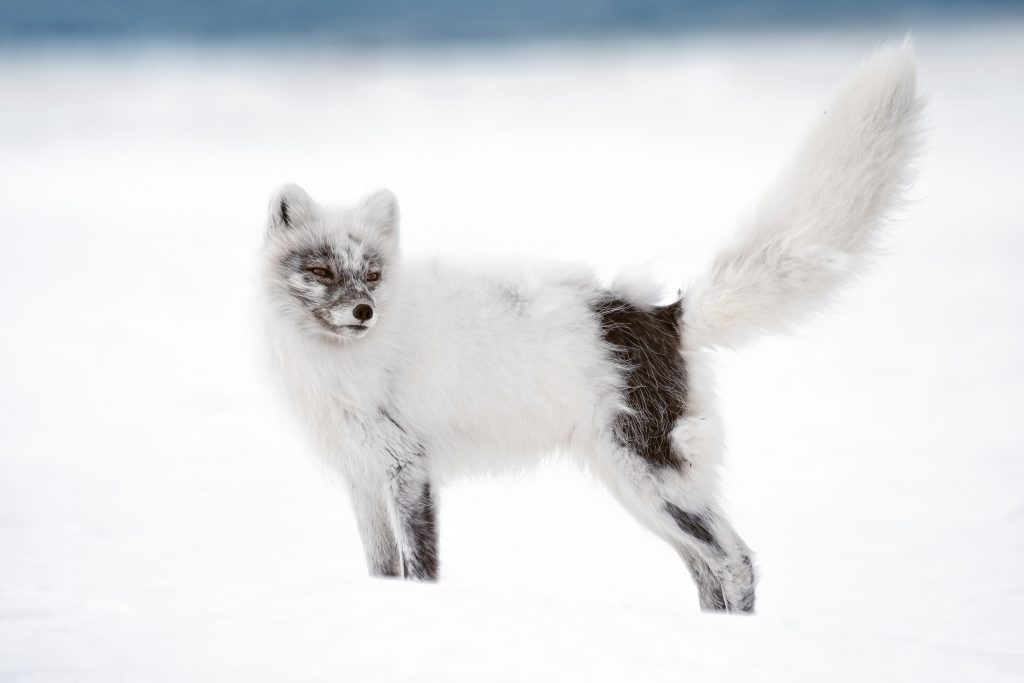
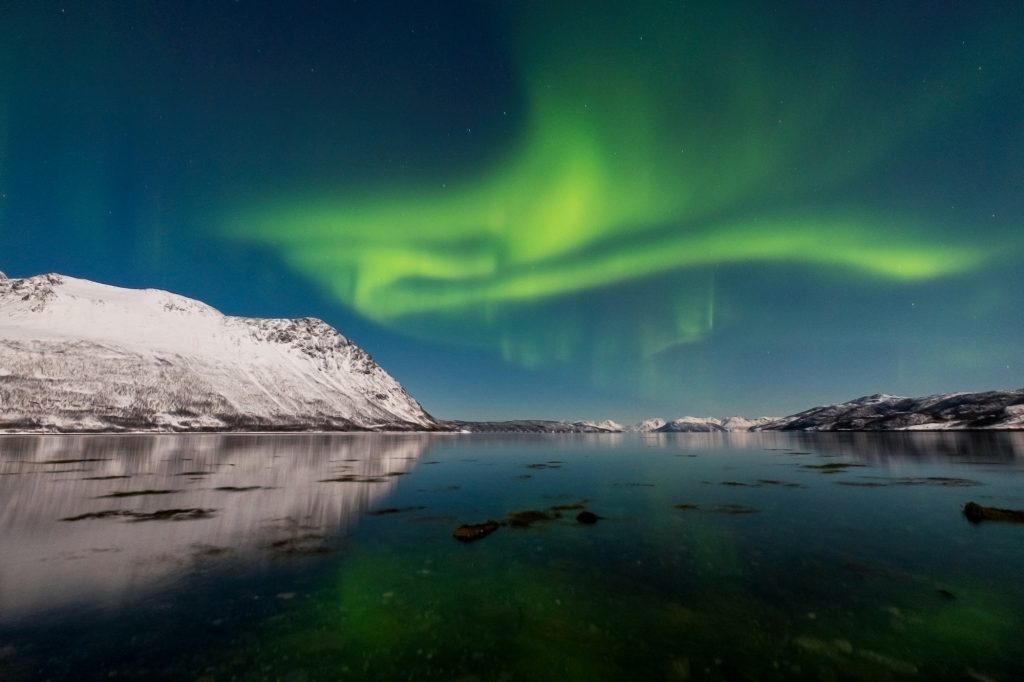
Do you want to send a message to people about the importance of conservation?
The longer I engage in conservation work, the more I realize the interconnection of nature and humanity. We, as a society, are part of an ecosystem that works successfully when maintained in balance. Preserving our nature and wildlife not only has benefits for biodiversity, but it also ensures that our quality of life improves (e.g. fewer storms, droughts, the spread of disease, etc.). Vice versa, supporting local communities to protect habitats – and enabling them to thrive – ensures that our nature is being taken care of more meticulously. It all goes full circle.
Ultimately, nature and wildlife conservation is crucial to ensure the responsible use of our limited resources. If we continue taking without giving anything back, at some point, there will be nothing left. I think that as a society, we need to change our focus away from prioritizing economics and industry, to prioritizing the well-being of our planet and its inhabitants. After all, as the famous saying goes, “we need nature, nature doesn’t need us.”
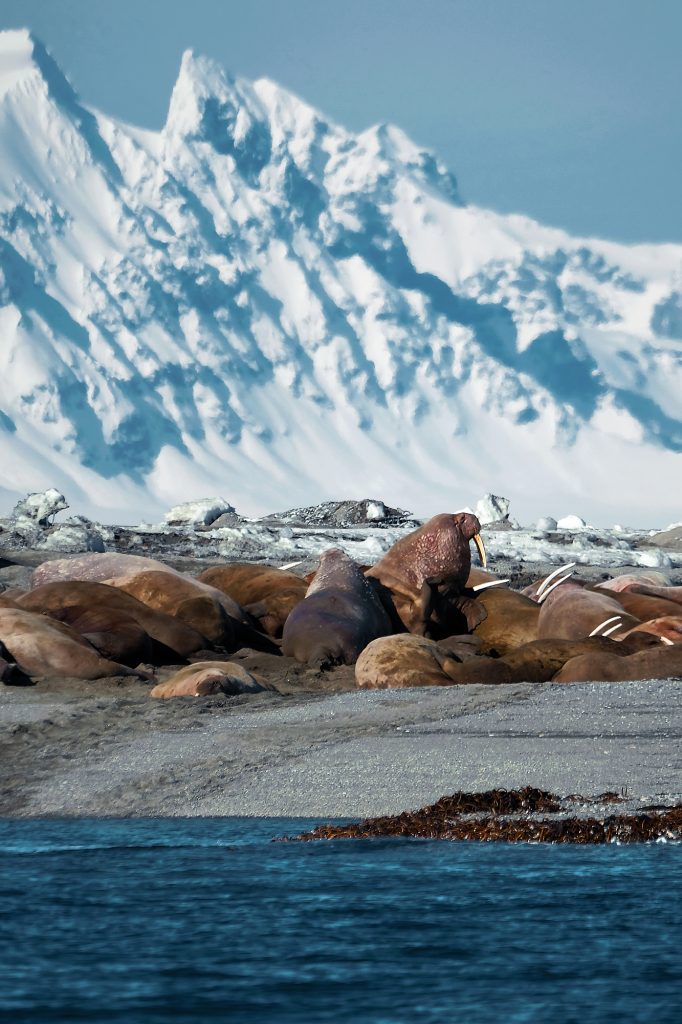
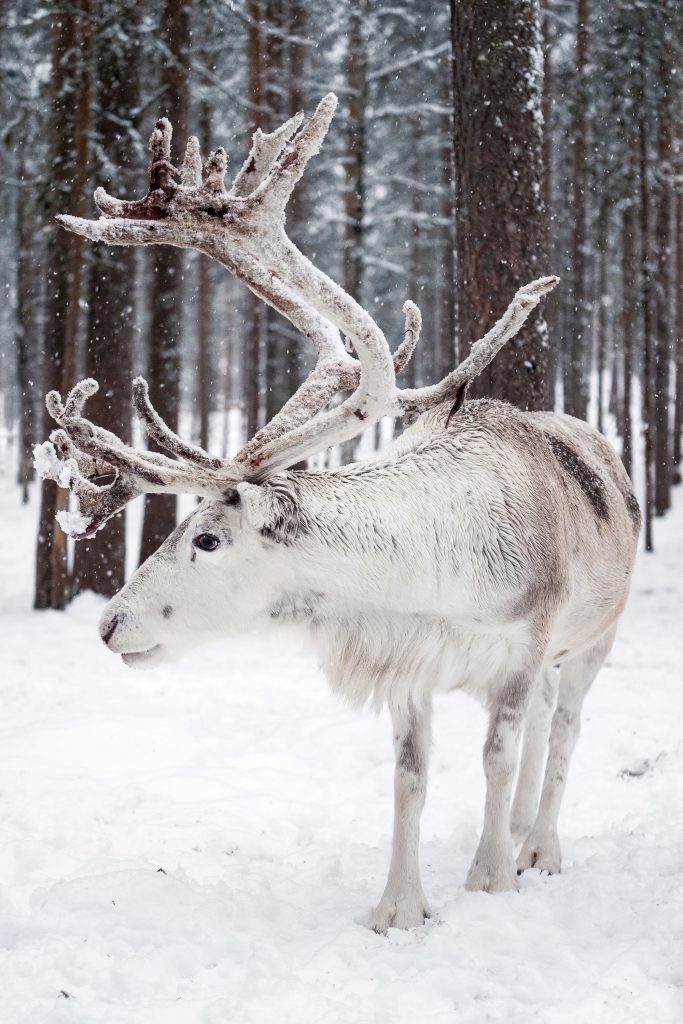
In your opinion why is it so important to protect the Arctic? And what could we do to help?
There are several reasons, why it’s crucial to protect the Arctic:
1) The Arctic helps to cool polar regions: ice reflects sunlight, while water absorbs it. When the Arctic ice melts, the oceans around it absorb more sunlight and heat up, making the world warmer as a result. This means that as a humanity, we will face more droughts, food shortages, ecosystem changes, and climate-borne diseases, should glaciers and permafrost in the Arctic continue to melt. Additionally, the risk of flooding major coastal cities and small island countries significantly increases, as melting glacial ice causes sea levels to rise.
2) The Arctic moderates global weather patterns: weather-related natural disasters may increase as a result of melting glaciers in the Arctic. When sea levels rise and ice is no longer present to reflect sunlight, ocean currents and sea temperatures shift, causing unpredictable weather patterns.
3) The Arctic provides critical habitat for animals and people: for the inhabitants and wildlife living in the Arctic, melting glacial ice poses a great threat to their safety, habitat and way of life. In particular, wildlife that are crucial to the healthy functioning of our ecosystem may go extinct, bringing our entire system out of balance. For example, whales that migrate to the Arctic play a crucial role in keeping our oceans clean and reducing our atmospheric CO2. If whales did not exist, our CO2 levels would increase by 40% and the oxygen production in our atmosphere would decrease by 50%. Rising sea water temperatures and sea levels, declining food sources, ocean acidification and overfishing pose great risks for whales.
I am a firm believer that communication is good, but action is better. Some things that we can do as individuals to protect the Arctic are:
- turning off our lights (e.g. participating in Earth Day)
- using energy-saving light bulbs
- using public transportation and/or biking
- traveling locally or regionally
- carbon offsetting
- volunteering at tree-planting organizations
- reducing our meat consumption (to minimize methane production, water use, and habitat destruction)
- reducing plastic use (to minimize marine mammal entanglement)
- signing petitions
- donating towards organizations combating climate change
- educating others about the effects of climate change
- using our social media channels and work to spread awareness
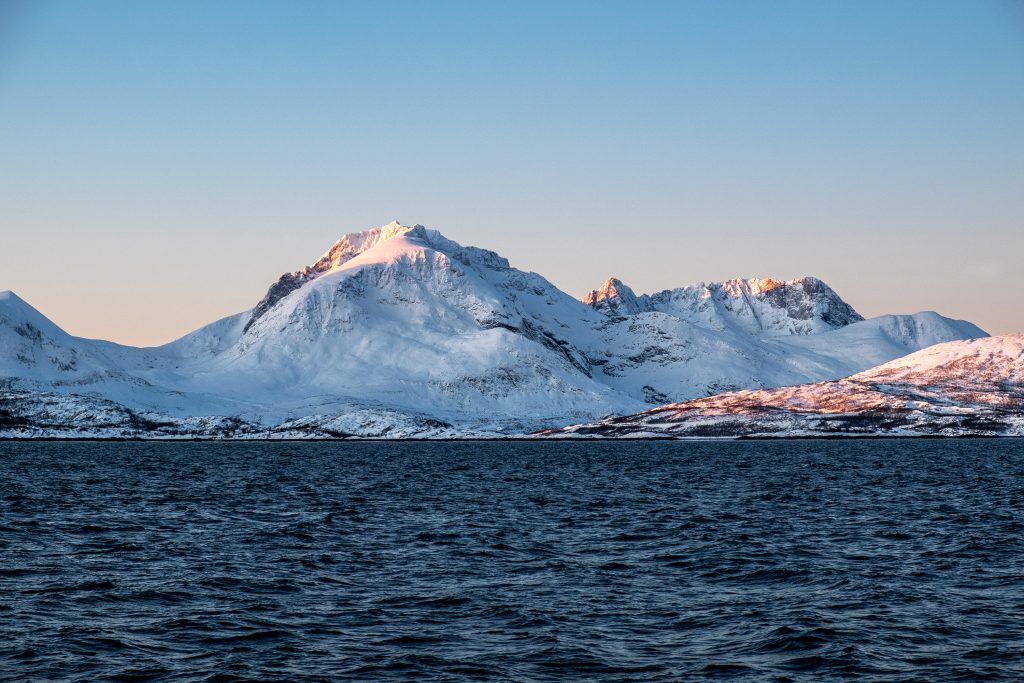
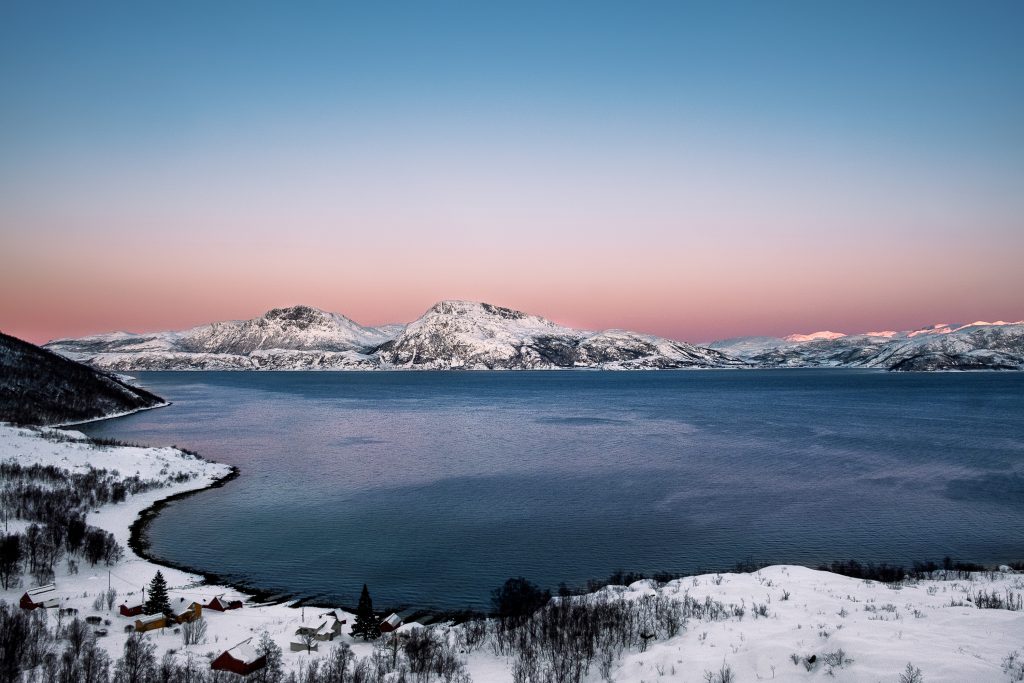
How do you think photography can be used for conservation and to help spread awareness about the threats the arctic face?
From my perspective, photography can be employed to support nature and wildlife conservation in multiple ways. Primarily, it can help us visualize the challenges that both wildlife and native communities face through visual representation. Secondly, it can serve to document species that are on the brink of extinction for long-term monitoring and archives (see Joel Sartore’s Photo Ark). Lastly, it can create an emotional connection and curiosity with audiences, inciting them to care more about a species.
When combined with a powerful story, photographs can serve to educate society about our actions and prod us to re-asses them. One of the most prominent photographs depicting the struggles in the Arctic is the emaciated Polar Bear by Paul Nicklen. This image perfectly sums up the issue at hand – the effects that climate change, habitat loss, lack of pack ice, and resulting decline in food have on Arctic wildlife. Veering even further, the documentary Chasing Ice by James Balog served to provide visual evidence towards the shrinking of glaciers in a multitude of Arctic regions over a period of merely 5 years.
In my opinion, the more we visually communicate about threats in the Arctic, the more awareness we can raise. Ultimately, it all comes down to both individual and community effort, pressure on governments to change policy, and funding towards research and development for sustainable alternatives. An impactful photo can contribute towards all of the above.
